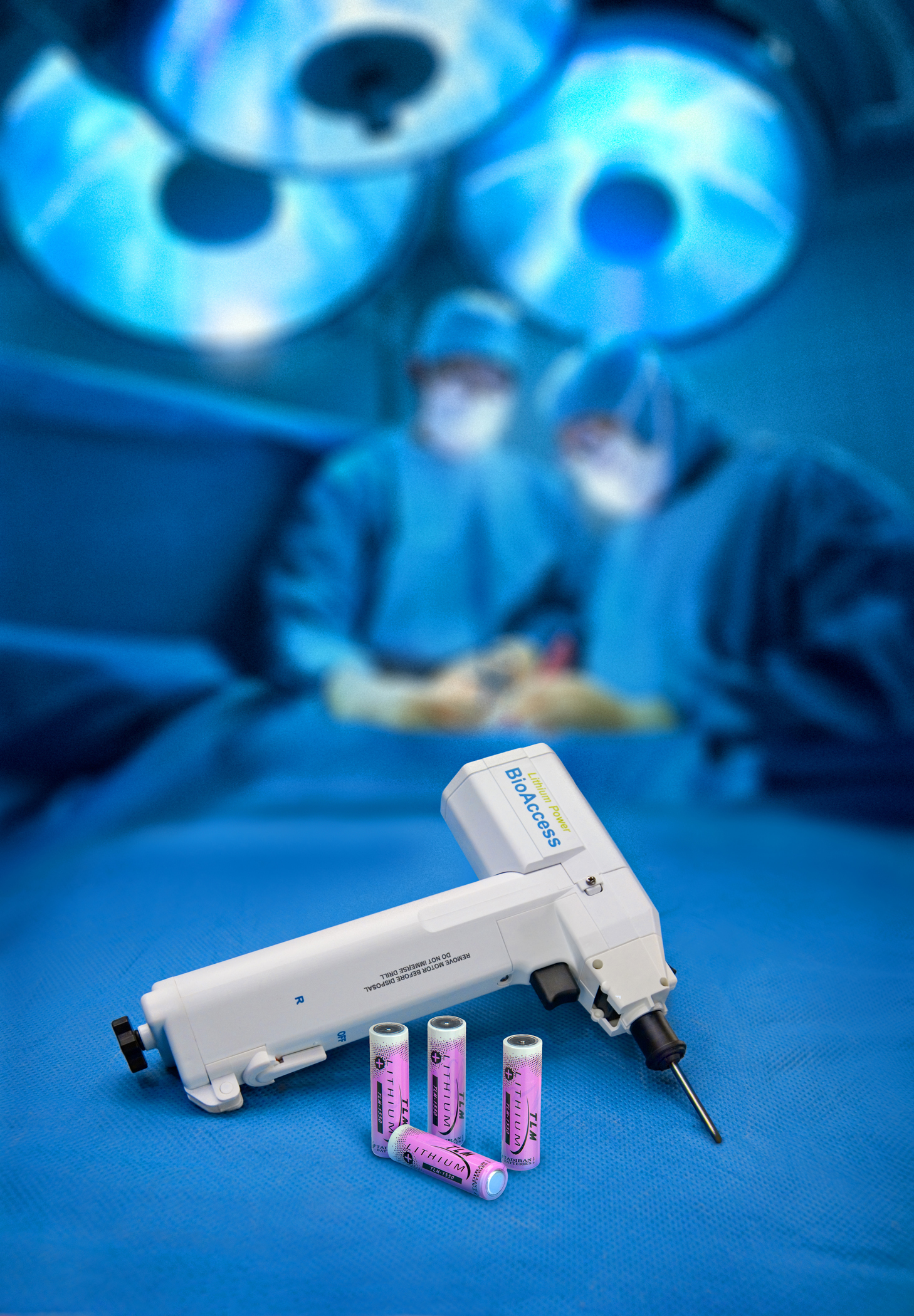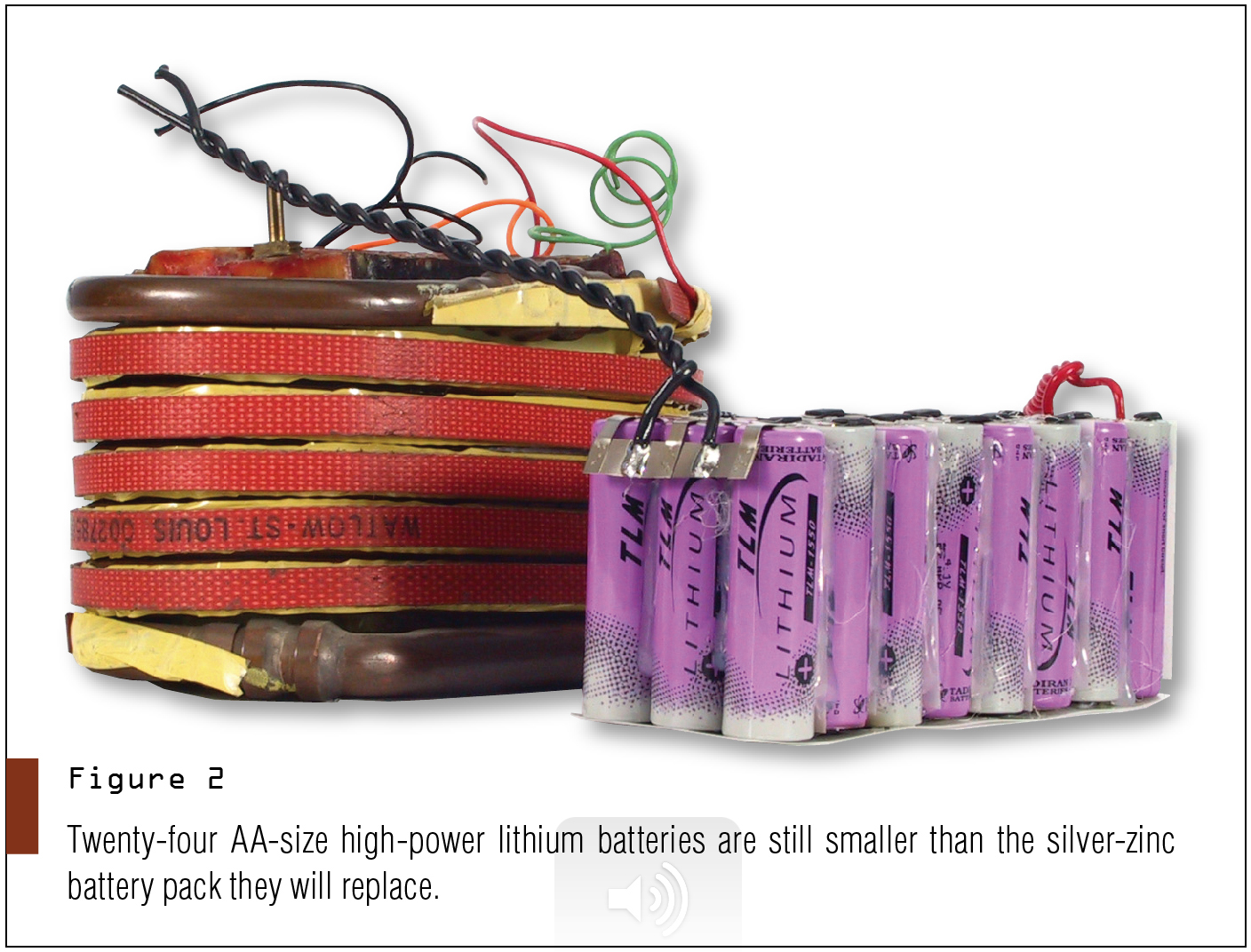When developing an industrial grade, wireless device intended for long-term deployment, design engineers must strike a balance between two inherently competing goals: long-term robust product performance and low initial cost.
For remote battery-powered devices, this ‘seesaw’ battle can lead to compromised solutions involving unnecessarily large and heavy batteries that carry unforeseen expenses. This results in more frequent battery replacements and costly transportation from oversized batteries to remote, hard-to-access locations.
In order to make a more informed product specification decision, the following parameters should be considered:
Operating voltage—Basic math tells you that it takes more than twice as many 1.5 V cells to deliver the same voltage as 3.6 V cells. Selecting the battery with a higher voltage could reduce size and weight, while also saving money by requiring less cells.
Cold and hot temperatures— Exposure to extreme temperatures reduces battery voltage under pulse. If a battery with a limited temperature range is deployed in a harsh environment, oversized batteries may be required to compensate for an expected voltage drop under a pulsed load. One solution may be to utilize a specially modified bobbin-type lithium thionyl chloride (LiSOCl2) battery that features extremely high-energy density, along with the ability to handle high pulses at extreme temperatures, thus eliminating the need for extra capacity and/or voltage.
Self-discharge rate —Certain battery technologies suffer from high self-discharge rates of up to 8 percent per month, thus requiring a larger battery to compensate for the expected capacity losses. Choosing a battery with a low annual self-discharge rate could enable the use of a smaller battery, while possibly eliminating the need for future battery replacements over the life of the device.
For example, superior quality bobbin-type LiSOCl2 batteries feature a self-discharge rate of 0.7 percent per year, and is able to retain over 70 percent of their original capacity after 40 years. By contrast, a lesser quality battery made with the exact same chemistry could have a much higher self-discharge rate of 3 percent per year, and exhaust 30 percent of its original capacity every 10 years, making it impossible to achieve a 40-year battery life.

Don’t confuse power with energy—Commonly confused is the need for power (a measure of short-term energy consumed) and the total amount of energy required (battery capacity). Certain wireless devices are designed for infrequent use, requiring high pulses for short bursts without exhausting a large amount of energy. Prime examples include surgical power tools, which may operate for a few minutes, and guided munitions, which can remain airborne for a few seconds.
For example, a surgical power drill powered by four AA-size lithium-metal oxide batteries can replace a much bulkier device powered by 12 alkaline cells, resulting in a significantly lighter and ergonomic device for use by surgeons. (Figure 1)
Another illustrative example is a missile guidance system, where a small pack of lithium metal oxide batteries can replace a much larger and costlier custom battery pack made with silver zinc batteries (Figure 2).
Understand that most available commercial battery technologies are not designed to deliver a high power-per-energy ratio, thus demanding the use of a large number of cells to compensate for their low pulse design. This results in compromised solutions that require added space and unneeded battery capacity.
Long-life rechargeable cells—If the application calls for rechargeable batteries, then the design engineer must be mindful that consumer grade rechargeable Lithium-ion (Li-ion) cells have a limited life of about 5 years with 500 full recharge cycles. If the rechargeable device is intended to operate for more than 500 recharge cycles, then extra cells may need to be incorporated to reduce the average depth of discharge per cell.
Choosing a battery with a higher cycle life could reduce the total number of cells needed. Industrial grade rechargeable Li-ion batteries that can operate for up to 20 years and have 5,000 recharge cycles are available. Unlike consumer batteries, these industrial grade cells can also deliver high pulses, (15 A pulses and 5 A continuous current) while also featuring an extended temperature range (-40°C to 85°C).
The ability to handle high pulses―Remote wireless devices increasingly require high pulses to power advanced two-way communications and remote shut-off capabilities. Alkaline batteries are ideal for delivering high pulses due to their high rate design, but have major limitations, including low voltage (1.5 V), limited temperature range (0°C to 60°C), high self-discharge rate that reduces life expectancy and crimped seals that may leak. Alkaline batteries may also need to be replaced every few months, causing long-term maintenance costs to skyrocket, especially for devices located in remote, hard-to-access locations.
Standard bobbin-type LiSOCl2 batteries are not designed to handle high pulses, as they can experience a temporary drop in voltage when first subjected to a pulsed load, a phenomenon known as transient minimum voltage (TMV). One way to minimize TMV is to use supercapacitors in tandem with lithium batteries. While popular for consumer applications, supercapacitors have major drawbacks for industrial grade applications, including bulkiness, a high annual self-discharge rate and an extremely limited temperature range. Solutions involving multiple supercapacitors also require the use of expensive balancing circuits that draw additional current.
An alternative solution is to combine a standard bobbin-type LiSOCl2 cell with a patented Hybrid Layer Capacitor (HLC). The battery and HLC work in parallel; the battery supplies long-term, low-current power in the 3.6 to 3.9 V nominal range, while the single-unit HLC acts like a rechargeable battery to deliver periodic high pulses, avoiding the need for supercapacitors. This hybrid LiSOCl2 battery design also features a unique end-of-life voltage curve plateau that can be interpreted to deliver low battery status alerts.
Cheaper is often more expensive —Application-specific requirements dictate the need to think long-term by determining the total cost of ownership over the lifetime of the wireless device and comparing it to achieving a low initial cost.
If a wireless device is intended for long-term deployment in a highly remote and inaccessible location, then you need to factor in all expenses associated with frequent battery replacement. This, invariably, will eat up any initial savings achieved by specifying a less expensive battery.
The hidden costs associated with excessive size and weight can also be important considerations. For example, a compact and lightweight power supply could be especially valuable to research scientists conducting experiments in frigid Artic conditions, as they have limited dexterity and need to conserve energy. Battery size and weight also factor into transportation costs, since batteries are becoming increasingly expensive to ship due to increasingly restrictive UN and IATA shipping regulations.
For remote industrial applications, it pays to think long-term and assess the total cost of ownership when specifying a battery-powered solution.


